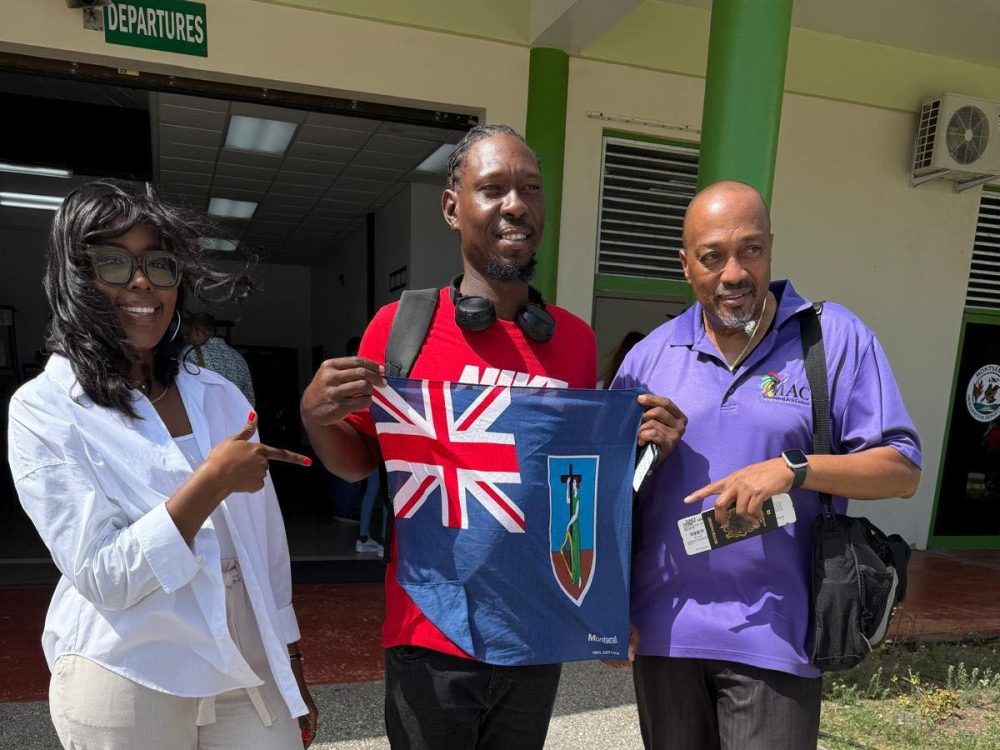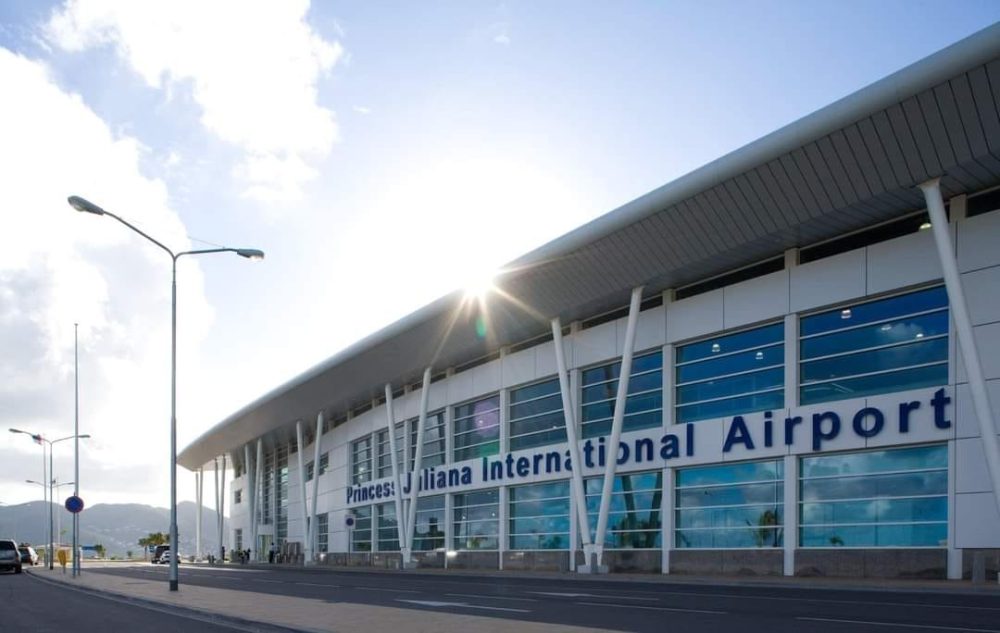Tropical Storm Maria is centered as of 5 a.m. AST about 460 miles (740 km) east-southeast of the Lesser Antilles. It’s moving toward the west-northwest near 15 mph (24 km/h) and this motion with a further reduction in forward speed is expected over the next couple of days. On the forecast track, the center of Maria will be near the Leeward Islands Monday night.
Maximum sustained winds have increased to near 65 mph (100 km/h) with higher gusts. Additional strengthening is forecast during the next 48 hours, and Maria will likely become a hurricane later today. Tropical-storm-force winds extend outward up to 60 miles (95 km) from the center.
A Hurricane Watch is in effect for Antigua, Barbuda, St. Kitts, Nevis, Montserrat, Guadeloupe, Dominica, Saba and St. Eustatius, St. Maarten and Anguilla. A Tropical Storm Watch is in effect for St. Lucia, Martinique, Barbados, St. Vincent and the Grenadines. Hurricane conditions are possible within the hurricane watch area by Monday night or Tuesday, with tropical storm conditions possible on Monday. Tropical storm conditions are possible in the Tropical Storm Watch area on Monday.
Maria is expected to produce total rain accumulations of 6 to 12 inches with isolated maximum amounts of 20 inches across the central and southern Leeward Islands through Wednesday night. Accumulations of 2 to 4 inches with isolated maximum amounts of 8 inches are expected in the northern Leeward Islands and north-central Windward Islands. This rainfall could cause life-threatening flash floods and mudslides.
Get the latest on Maria at www.nhc.noaa.gov/#Maria

Discover more from Discover Montserrat
Subscribe to get the latest posts sent to your email.








